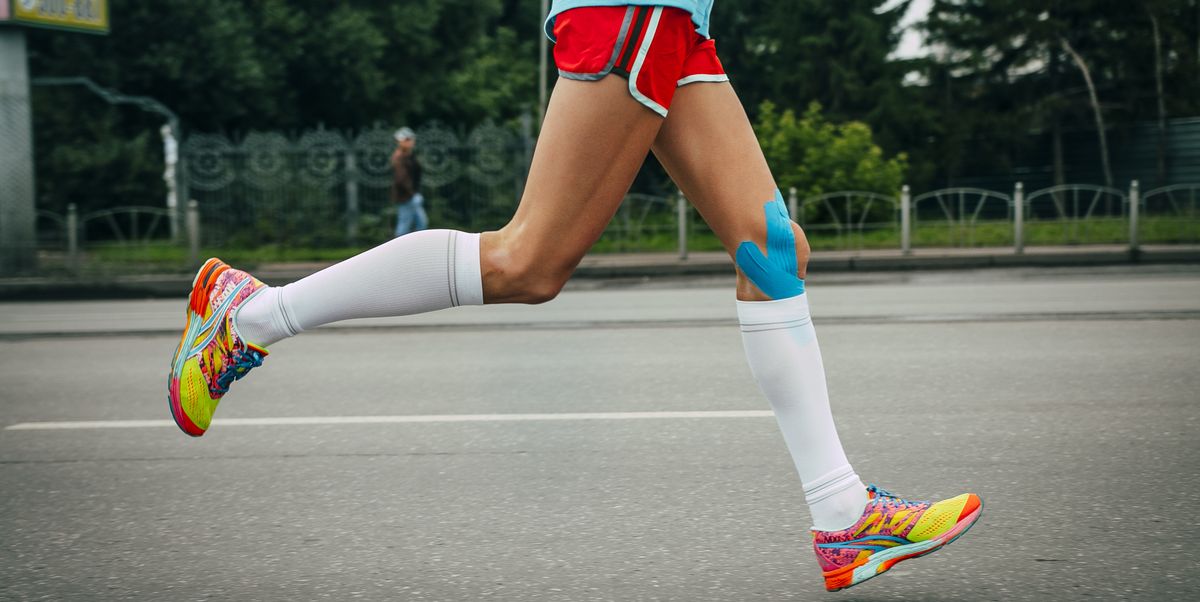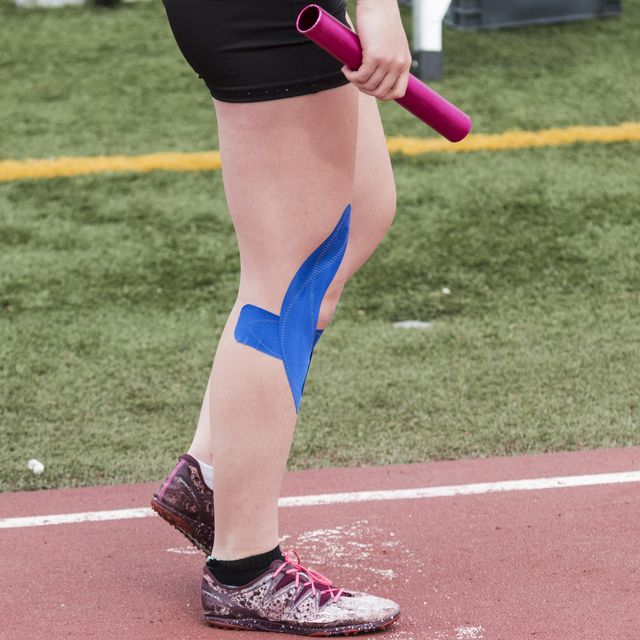What Does KT Tape Do? Experts Reveal the Shocking Truth Athletes Swear By
For years, athletes have been sporting colorful strips of tape on their bodies, from marathon runners to volleyball players. This isn’t just a fashion statement – it’s KT Tape, and it’s become a staple in the world of sports medicine and injury recovery. But what exactly does KT Tape do? Does it live up to the hype? This article dives deep, exploring the science, benefits, and limitations of KT Tape, revealing the truth behind what athletes swear by.
The Basics: What is KT Tape?
KT Tape, short for Kinesiology Therapeutic Tape, is an elastic cotton strip with an acrylic adhesive. It’s designed to mimic the elasticity of human skin, allowing for a full range of motion while providing support and pain relief. Unlike traditional athletic tape, which often restricts movement, KT Tape aims to work with your body, not against it.
Here’s a quick breakdown of its key characteristics:
- Elasticity: Stretches up to 140% of its original length.
- Material: Primarily cotton, designed to be breathable and comfortable.
- Adhesive: Medical-grade acrylic adhesive, designed to be gentle on the skin.
- Water Resistant: Can be worn for several days, even while swimming or showering.
The Science Behind the Stripes: How KT Tape Works
While the exact mechanisms of KT Tape are still being researched, the prevailing theory is that it works through several key processes:
- Pain Reduction: By gently lifting the skin, KT Tape may create space between the skin and underlying tissues, potentially reducing pressure on pain receptors. This can lead to decreased pain signals to the brain.
- Improved Circulation: The lifting action can also improve blood and lymphatic fluid flow. This can help to reduce swelling and promote the removal of metabolic waste products, aiding in the healing process.
- Support and Stability: KT Tape provides external support to muscles and joints, helping to improve stability and proprioception (awareness of body position). This can be particularly beneficial for athletes recovering from injuries or looking to prevent them.
- Neurological Effects: Some research suggests that KT Tape may influence the nervous system, potentially altering pain perception and muscle activation patterns.
Benefits of KT Tape: What Athletes Experience
Athletes and healthcare professionals often utilize KT Tape for a variety of reasons, experiencing several potential benefits:
- Pain Relief: Effective for managing pain associated with muscle strains, joint pain, and overuse injuries.
- Reduced Swelling: Can help to reduce edema and inflammation by improving lymphatic drainage.
- Enhanced Muscle Support: Provides support and stability to muscles and joints, potentially improving performance and preventing re-injury.
- Improved Proprioception: Enhances body awareness and movement control.
- Faster Recovery: May contribute to faster recovery from injuries by promoting healing and reducing inflammation.
- Injury Prevention: Can be used proactively to provide support and stability to vulnerable areas during strenuous activity.
Limitations and Considerations: What to Keep in Mind
While KT Tape offers potential benefits, it’s important to be aware of its limitations:
- Not a Cure-All: KT Tape is not a replacement for proper medical treatment or rehabilitation. It’s often used as a supportive tool.
- Effectiveness Varies: Results can vary depending on the individual, the injury, and the application technique.
- Application Technique Matters: Proper application is crucial for optimal results. Incorrect application can be ineffective or even cause skin irritation. Consider consulting a professional for initial application guidance.
- Skin Sensitivity: Some individuals may experience skin irritation or allergic reactions to the adhesive. Always test a small area of skin before applying KT Tape over a larger area.
- Limited Scientific Evidence: While research is growing, the evidence supporting the effectiveness of KT Tape is still developing, with some studies showing mixed results.
Finding the Right KT Tape Application: The Importance of Professional Guidance
Learning to apply KT Tape correctly is crucial for maximizing its benefits and minimizing potential risks. Here’s why professional guidance is often recommended:
- Accurate Diagnosis: A healthcare professional can accurately diagnose your injury and determine if KT Tape is appropriate.
- Proper Application Techniques: Different taping techniques are used for different injuries. Professionals are trained in these techniques.
- Personalized Advice: They can provide tailored advice on the best way to apply the tape for your specific needs.
- Monitoring and Adjustments: Professionals can monitor your progress and make adjustments to the taping technique as needed.
Conclusion: The Verdict on KT Tape
KT Tape has become a popular tool in sports medicine and injury recovery, offering potential benefits for pain relief, support, and recovery. While the scientific evidence continues to evolve, many athletes swear by its effectiveness. However, it’s important to remember that KT Tape is not a magic bullet. It’s most effective when used as part of a comprehensive treatment plan that may include physical therapy, exercise, and proper medical care. By understanding its benefits, limitations, and the importance of proper application, you can make an informed decision about whether KT Tape is right for you.
FAQs: Your Burning Questions Answered
Here are some frequently asked questions about KT Tape:
1. How long can I wear KT Tape?
KT Tape can typically be worn for 3-5 days, depending on the application and your activity level.
2. Can I shower or swim with KT Tape?
Yes, KT Tape is water-resistant and can be worn while showering or swimming. Ensure you pat the tape dry after getting wet.
3. Does KT Tape replace other treatments?
No, KT Tape is often used as a supportive tool alongside other treatments like physical therapy, exercise, and medication.
4. Can I apply KT Tape myself?
While you can learn to apply KT Tape yourself, it’s recommended to consult with a healthcare professional for proper application techniques, especially initially.
5. Is KT Tape safe for all skin types?
KT Tape is generally safe, but some individuals may experience skin irritation. Always test a small area of skin before applying over a larger area, and discontinue use if irritation occurs.




